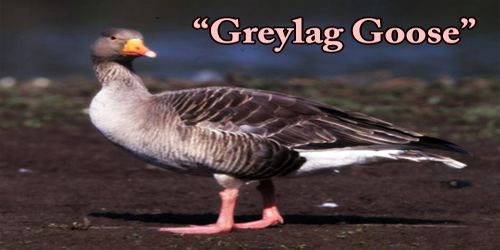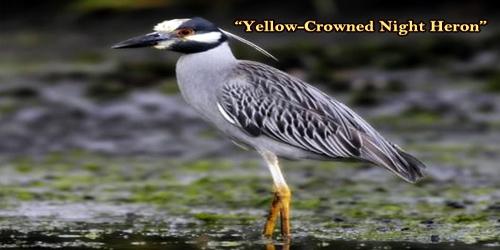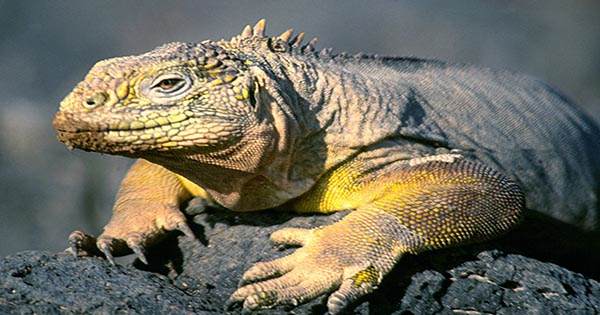The greylag goose (Anser anser), ‘greylag’ also spelled ‘graylag’, most common Eurasian representative of the so-called gray goose and ancestor of all Occidental domestic geese. It is a species of large goose in the waterfowl family Anatidae and the type species of the genus Anser. Large, pale grey goose with a bulky body and thick neck. Bill pink to orange (carrot-like), without any dark markings. Almost giving the impression of being “false”. Uniform color of the body. Light grey forewing stands out in flight. Pink legs. It nests in temperate regions and winters from Britain to North Africa, India, and China. A large bird, it measures between 74 and 91 centimeters (29 and 36 in) in length, with an average weight of 3.3 kilograms (7.3 lb). Its distribution is widespread, with birds from the north of its range in Europe and Asia migrating southwards to spend the winter in warmer places. It is the type species of the genus Anser and is the ancestor of the domestic goose, having been domesticated at least as early as 1360 BC. The genus name is from anser, the Latin for “goose”. Dozens of domestic breeds exist, with lots of variation in size and coloring. In some, the coloring is sex-linked, with females having gray patches and the males always white!
These domestic greylag geese were present in the marina at Myers Pt., Lansing, NY on 24th Feb 2001, the same day a real Greater White-fronted Goose was off the south shore (go here to see that bird). Notice the general similarity in the pattern to White-front, but a completely different shape and size. Domestic geese are bred to be big and provide a lot of meat, hence they are very bulky. Greylag geese travel to their northerly breeding grounds in spring, nesting on moorlands, in marshes, around lakes and on coastal islands. They normally mate for life and nest on the ground among vegetation. Greylag geese breed on moors with scattered lochs, in marshes, fens, and peat-bogs, besides lakes and on little islands some way out to sea. They like the dense ground cover of reeds, rushes, heather, bushes and willow thickets. On their wintering grounds, they frequent salt marshes, estuaries, freshwater marshes, steppes, flooded fields, bogs, and pasture near lakes, rivers, and streams. They also visit agricultural land where they feed on crops, moving at night to shoals and sand-banks on the coast, mud-banks in estuaries, or secluded lakes.
Greylag goose is 74 to 91 centimeters (29 to 36 in) long with a wing length of 41.2 to 48 centimeters (16.2 to 18.9 in). It has a tail 6.2 to 6.9 centimeters (2.4 to 2.7 in), a bill of 6.4 to 6.9 centimeters (2.5 to 2.7 in) long, and a tarsus of 7.1 to 9.3 centimeters (2.8 to 3.7 in). It weighs 2.16 to 4.56 kilograms (4.8 to 10.1 lb), with a mean weight of around 3.3 kilograms (7.3 lb). The wingspan is 147 to 180 centimeters (58 to 71 in). Males are generally larger than females, with the sexual dimorphism more pronounced in the eastern subspecies rubirostris, which is larger than the nominate subspecies on average. Greylag geese are diurnal and forage on the ground or in water. When on land these birds are able to run rapidly and escape predators without difficulty. Greylags have a loud cackling call similar to that of the domestic goose, “aahng-ung-ung”, uttered on the ground or in flight. There are various subtle variations used under different circumstances, and individual geese seem to be able to identify other known geese by their voices. The sound made by a flock of geese resembles the baying of hounds. Goslings chirp or whistle lightly, and adults hiss if threatened or angered. Greylag geese are largely herbivorous and feed chiefly on grasses. They also eat leaves, berries, and water plants, glean grain on cereal stubbles, and sometimes feed on growing crops such as oats, wheat, barley, buckwheat, lentils, peas, and root crops. These birds may also consume small fish, amphibians, crustaceans, mollusks, and insects. The wild greylag goose is the ancestor of most domesticated, farmyard geese. It was traditionally eaten at Michaelmas (the 29th September: a day for celebrating the archangel St. Michael), and was cooked with port and mustard.
















